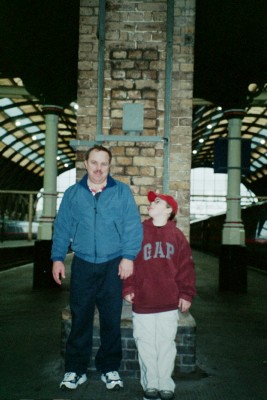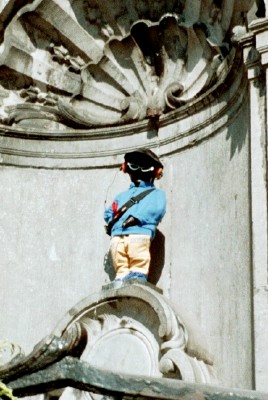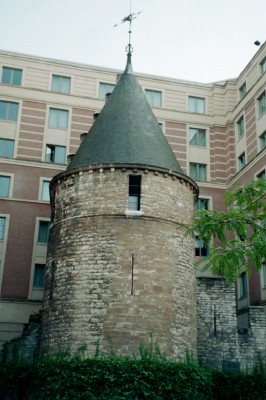Ever wonder what they’re going to do with all of those great 2006 Winter Olympic venues in Turin, Italy?
My family’s enjoyable experiences in Lillehammer, Norway (site of the 1994 Winter Games) showed that the ski slopes, bobsled runs and apres ski places will continue to get plenty of good use by tourists and winter sports enthusiasts. We combined our trip with a visit to Oslo.
Start your planning at the Lillehammer tourist Web site, where you’ll find plenty of links and guides to area activities. There are many hotel and guesthouse options; we stayed at the friendly Oyer Gjestegard hotel in the village of Hafjell-Hunderfossen, right near the slopes and only a short bus ride from the town of Lillehammer.
Arrangements were made online quite painlessly, with one quick confirmation telephone call. Our room was small but clean and comfortable, and the generous Norwegian breakfasts prepared us well for busy days in the snow.
%20Best%20for%20Web.jpg) We have only one real skier in the family, so there was some concern about keeping kids occupied, but we needn’t have worried. Our activities ran the gamut in terms of variety, and they were all easy to book at the local Hafjell tourist office.
We have only one real skier in the family, so there was some concern about keeping kids occupied, but we needn’t have worried. Our activities ran the gamut in terms of variety, and they were all easy to book at the local Hafjell tourist office.
There was a stately horse-drawn sleigh ride around the village, contrasted with a thrilling blast down the Olympic bobsled and luge track.
Younger kids can go down the course in a “bob-raft,” which gives plenty of speed thrills but a bit less danger.
Our very favorite sojourn was night-time sledding down rural roads just outside the village. We were driven by truck up one of the mountains with a Danish family and deposited with our sleds onto a snowy road. No one spoke much English, and we were clueless about what to do next, so we simply followed the lead of the laughing Danes and found ourselves roaring down deserted country lanes.
After a seemingly endless run through thick forests and sledding madly around curves, we finally arrived at some farmhouses at the bottom, where I managed to plow right into a mailbox. My kid’s response? “Oh, let’s do it again!” Everyone loaded back up on the trucks and we did go back up and down the mountain two more times, followed by drinks and cake with a local farm family. A super evening.
My family enjoyed skiing at our different levels of expertise, including my own first cross-country ski lesson with a very patient instructor from the Hafjell Ski Skole.
Once I negotiated the ski lift and stopped falling over like some confused drunk, I actually made some progress down the absolutely silent and beautifully-groomed trails.
Our last day in the Lillehammer area, we decided to go dog-sledding. The kids loved the dogs, but the adults wondered what we’d gotten ourselves into when it became clear that we would drive our own sled.
Our children were on a sled with somebody competent, fortunately, but my husband and I worried that we’d somehow drive off a cliff.
We should have given our dogs and our instructors more credit.
Everything went fine, we didn’t fall off the sled or get lost and we all ended up in a snowbound tent drinking warm drinks by a fire, marvelling that we’d just finished mushing dogs in Norway.
Update 15 March 2007: Budget Travel has some interesting ideas for Norwegian homestays, especially on farms and in rural areas.
%20Best%20for%20Web.jpg)
%20Best%20for%20Web.jpg)
.jpg)

%20Best%20for%20Web.jpg)
%20Best%20for%20Web.jpg)




.jpg)
.jpg)



.jpg)
